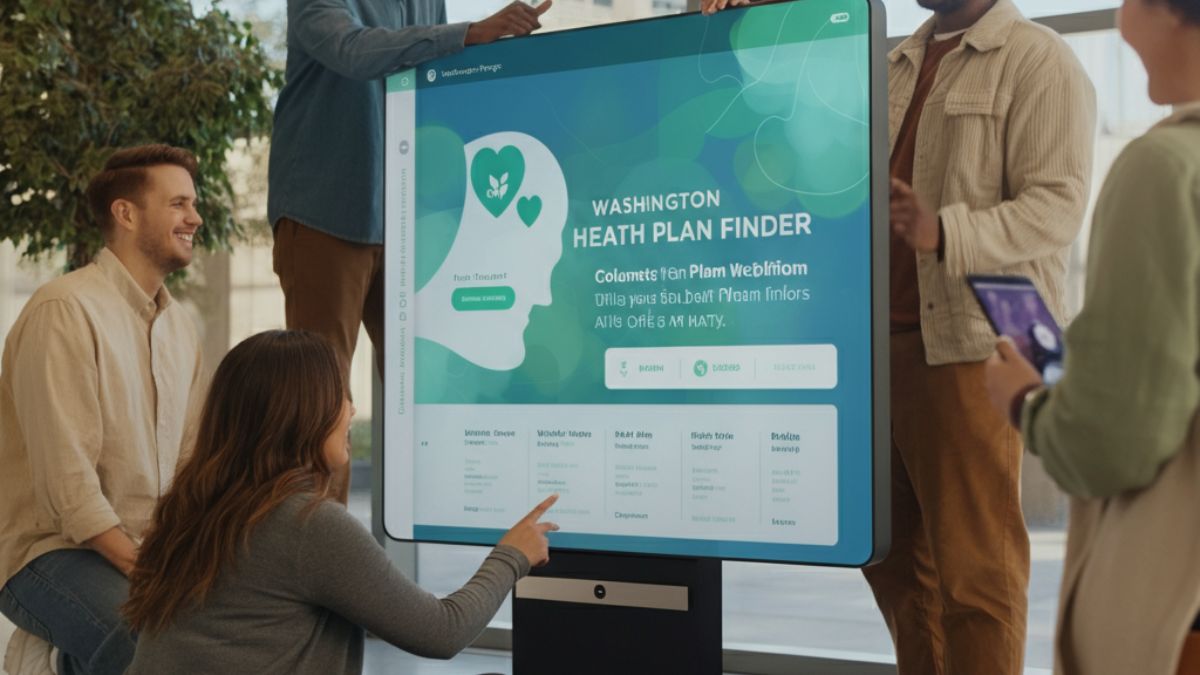Vision is one of our most precious senses, yet it’s often taken for granted until problems arise. From childhood to senior years, proper eye care is essential to maintain healthy vision and prevent avoidable complications. This guide covers the essentials of family eye care, offering tips for every stage of life to help you protect and preserve your family’s eye health.
Why Family Eye Care Matters
Good vision is essential for learning, working, and enjoying life to its fullest. Yet millions of people experience preventable vision issues because they neglect regular eye check-ups or fail to incorporate simple preventive measures into their daily routine. Family eye care focuses on the shared responsibility of maintaining eye health across all ages—from infants who rely heavily on their developing vision, to seniors prone to age-related eye conditions.
Proper eye care doesn’t only address vision concerns; it can also detect early signs of systemic health problems like diabetes, high blood pressure, or even certain types of cancer. With a proactive approach, you can safeguard your family’s vision and overall well-being.
Common Eye Issues to Watch Out For
- Children: Myopia (nearsightedness), amblyopia (lazy eye), strabismus (crossed eyes)
- Teens & Adults: Digital eye strain, refractive errors (myopia, hyperopia, astigmatism)
- Seniors: Age-related macular degeneration (AMD), cataracts, glaucoma, diabetic retinopathy
Now that you understand why family eye care is important, let’s explore how you can protect your loved ones’ vision.
Eye Care for Children and Teens
The Importance of Early Eye Exams
Children’s vision develops rapidly in the first few years of life, making early eye exams critical. According to the American Optometric Association (AOA), children should have their first comprehensive eye exam at six months old, another at age three, and again before starting school.
Undiagnosed vision issues can impact learning and development. For example, more than 80% of classroom learning is visual. If a child can’t see the board clearly or struggles to read, it can lead to frustration and academic challenges.
Tips for Healthy Vision in Kids
-
Pay Attention to Screen Time
Digital devices are a major part of children’s lives today. Implement the “20-20-20 rule”: every 20 minutes of screen time, have your child look at something 20 feet away for 20 seconds to reduce eye strain.
-
Wear Protective Eyewear During Play
Whether it’s sports goggles or UV-blocking sunglasses, protective eyewear is crucial for outdoor or rough-and-tumble activities.
-
Encourage a Balanced Diet
Encourage children to eat foods rich in vitamins A, C, and E, as well as omega-3 fatty acids found in fish, nuts, and leafy greens for optimal eye health.
-
Watch for Warning Signs
Monitor your child for signs like frequent squinting, tilting their head to see, or sitting too close to screens—all of which could indicate a vision problem.
Teen-Specific Tips
Teens face unique vision challenges related to increased screen time, contact lens care, and even driving. Encourage them to:
- Keep devices at least 16 inches from their eyes.
- Follow proper hygiene for wearing and cleaning contact lenses.
- Always wear sunglasses on bright days to block UV rays.
Eye Care for Adults
Don’t Skip Routine Check-Ups
Even if you don’t wear glasses or contacts, adults should schedule routine eye exams every 1-2 years. These visits help detect emerging conditions like glaucoma or early cataract development before symptoms are noticeable.
The Digital Age and Eye Strain
Much of adult life revolves around screens—work, entertainment, and communication. Prolonged screen exposure can cause digital eye strain, also known as computer vision syndrome. Symptoms include dryness, headaches, and blurred vision.
How to Combat Digital Eye Strain:
- Adjust your screen brightness to match the surrounding light.
- Blink more frequently to keep eyes moisturized.
- Use an anti-glare screen protector.
Lifestyle Habits for Long-Term Vision Health
-
Quit Smoking
Smoking increases the risk of cataracts, macular degeneration, and dry eye syndrome.
- Get Regular Exercise
Physical activity benefits eye health by reducing the risk of diabetes-related eye disease and improving blood circulation to the eyes.
-
Stay Hydrated
Proper hydration helps produce tears, preventing dry eye and other irritations.
-
Maintain Blood Sugar and Blood Pressure
High blood sugar and pressure can damage the retina and blood vessels in the eyes, increasing the risk of severe vision problems.
Eye Care for Seniors
Understanding Age-Related Vision Changes
Aging eyes naturally lose some ability to focus, and conditions like presbyopia (difficulty seeing up close) are almost universal. Yet certain conditions—such as cataracts, glaucoma, age-related macular degeneration (AMD), and diabetic retinopathy—require vigilance and early management to prevent irreversible vision impairment.
How Seniors Can Protect Their Vision
-
Stay Up To Date on Prescription Changes
Regular visits to the eye doctor ensure your glasses or contact lenses are optimized for your needs.
-
Protect Your Eyes from UV Rays
Cumulative exposure to UV radiation can accelerate cataract development. Look for sunglasses that block 100% of UVA and UVB rays.
- Improve Home Safety to Prevent Falls
Ensure good lighting and reduce glare at home. Use magnifying glasses for reading small print.
-
Monitor for Warning Signs
Blurriness, floaters, diminished peripheral vision, or difficulty seeing in dim light could signal more serious eye health problems.
Special Note on Cataract Surgery
Thanks to advancements in medical technology, cataract surgery is an effective and low-risk procedure to restore vision. If blurred or dimmed vision from cataracts is affecting quality of life, consult your eye doctor about your options.
Building a Culture of Family Eye Care
Eye health is a lifetime commitment and making it a priority within your family lays the foundation for a lifetime of clear vision. Consider these practical steps to build a family-wide culture of eye care:
-
Schedule Appointments Together
Make routine eye exams a family tradition—doing so shows younger family members that it’s a regular and important practice.
-
Invest in Quality Eyewear
Whether it’s blue-light-blocking glasses for screen time or sunglasses for outdoor protection, prioritizing high-quality eyewear can make a significant difference in preventing eye strain and damage.
-
Lead by Example
Children tend to emulate their parents. When they see you wearing sunglasses or taking breaks from screens, they’re more likely to adopt similar habits.
-
Stay Educated
Advances in vision care technology are happening all the time. Stay informed about the latest tools and treatments to keep your family’s vision in the best possible health.
A Clear Future for Your Family’s Vision
By giving eye care its rightful place in your family’s routine, you take an essential step toward preserving one of life’s most vital senses. Good vision enhances learning, productivity, and overall quality of life, and protecting it is a gift that keeps on giving.
Looking for specialized eye care advice or need a trusted optometrist? Reach out to a vision care expert near you today and take the first step toward lifelong eye health for your family.
Frequently Asked Questions (FAQs)
Q: At what age should my child have their first eye exam?
A: The American Optometric Association recommends that children have their first comprehensive eye exam at six months of age, followed by another exam at age three, and again just before they start school.
Q: How often should adults get their eyes checked?
A: Most adults should have an eye exam every one to two years. However, individuals with certain conditions, such as diabetes or a family history of eye disease, may need more frequent check-ups as recommended by an eye care professional.
Q: What are the best ways to protect my family’s vision from screen time?
A: To reduce the strain caused by screens, encourage the 20-20-20 rule—take a 20-second break to look at something 20 feet away every 20 minutes. Additionally, ensure proper lighting, maintain an appropriate viewing distance, and consider anti-reflective or blue light-blocking lenses.
Q: Can wearing sunglasses really make a difference for eye health?
A: Yes, sunglasses with 100% UV protection can help prevent damage to the eyes caused by ultraviolet rays, which have been linked to cataracts and other eye health issues. Make it a point for both adults and children to wear sunglasses outdoors.
Q: What are common signs that someone may need vision correction?
A: Common signs include frequent headaches, squinting, difficulty reading or focusing on distant objects, and eye fatigue. If you or a family member experience these symptoms, schedule an eye exam as soon as possible.











